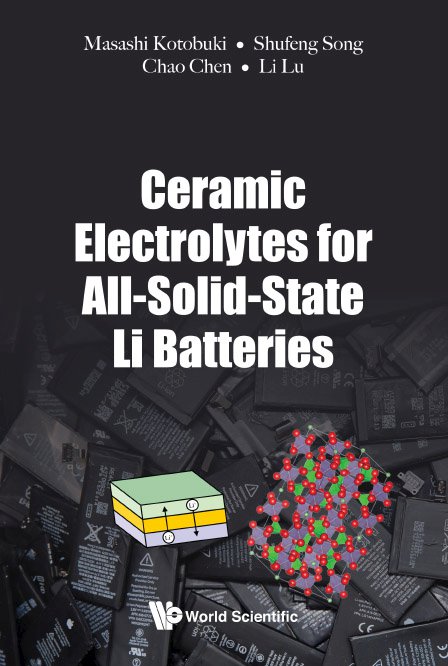Chapter 5: Crystalline Li-ion Conductive Ceramics
The Crystalline electrolytes possess a rigid skeleton composed of complex anion polyhedra that are long-range ordered. Li-ion can migrate in the skeleton with low activation energy. Li-ion conductivity of crystalline electrolytes is generally 1 to 2 orders higher than that of amorphous/glass electrolytes. However, preparation of a single-crystal solid electrolyte is costly and consumes a lot of energy and time. Therefore, polycrystalline solid electrolytes have usually been used. In the polycrystalline electrolytes, grain-boundary conductivity is generally lower than that in the crystal (bulk conductivity), particularly for Li3N, β-Al2O3 and perovskite compounds which have 2D anisotropic conduction path. On the other hand, 3D ionic pathways can theoretically avoid the conductivity degradation at the grain boundaries in polycrystalline ceramics. Many polycrystalline Li-ion conductors have been researched so far. Among them, oxide and sulfide Li-ion conductors have been highly anticipated to serve as solid electrolytes. In this chapter, crystalline oxide and sulfide Li-ion conductors are reviewed.



